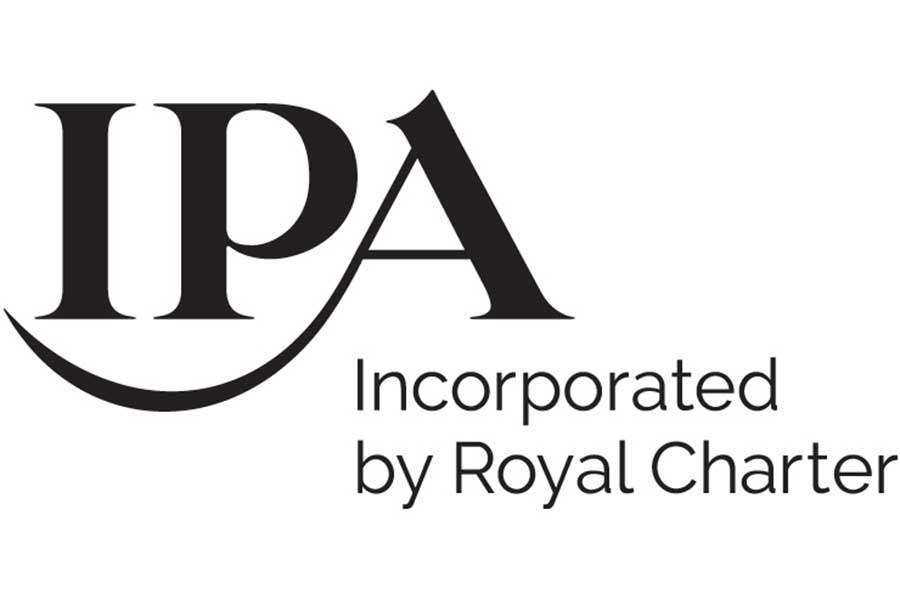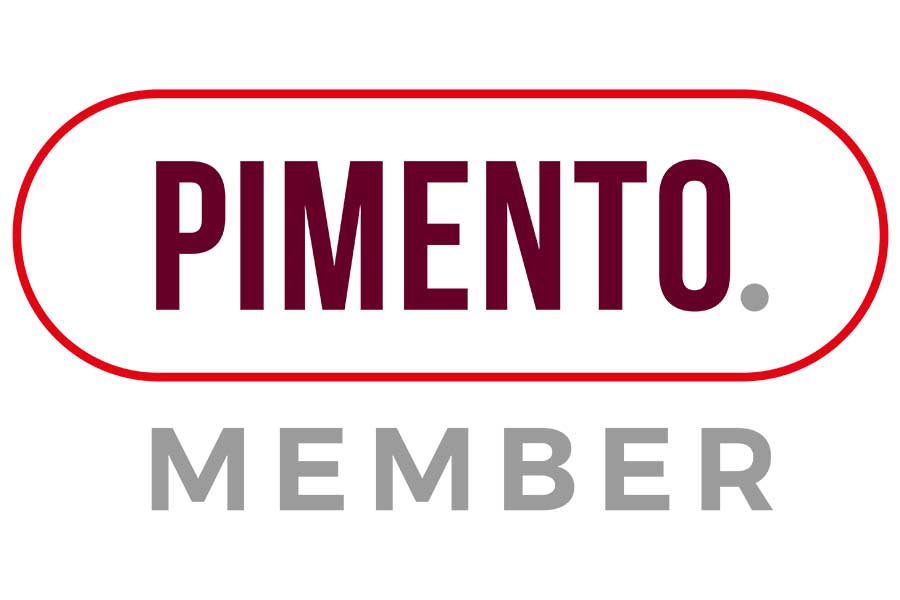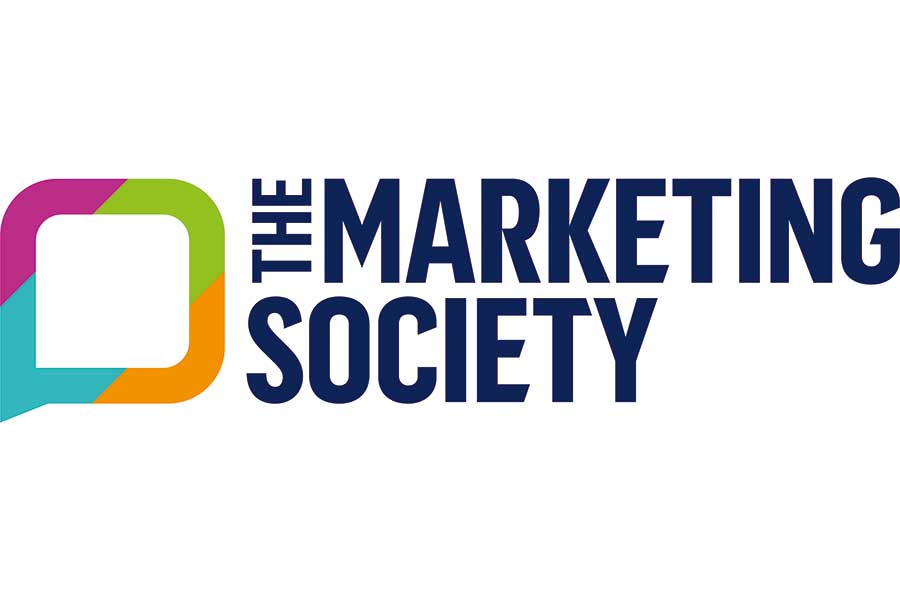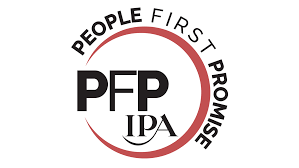Doing things differently might not necessarily mean the latest digital platform
By Suzana Lay, Planning Director, The Grove Media
Digital native brands have shown us what smart online and social media advertising can do to drive sales. Direct-to-consumer brands like Bonobos, Glossiers and Harry’s were the darlings of the trade press a few years ago; as they grabbed market share with their slick and fast online strategies. But some of the success story brands — notably Just Eat and boohoo — hit saturation point using short-term selling media, and had to invest in more traditional brand-building media to find new audiences and drive growth. This has become a well-told story.
A less well-told story is about how lower funnel media is increasingly being used for higher funnel awareness and that the distinction between brand and product media is becoming increasingly blurred. Brand advertisers — those less focused on immediate selling and transactions — are driving results by using media usually associated with product advertising. Equally, product and immediate response advertisers are increasingly getting good results on brand activity when using the digital media they rely on to drive sales. Historically, brand advertisers have used traditional broadcast media, such as TV, radio and also out-of-home, to drive awareness among potential customers at scale. This has been less about super-focused targeting and more about maximising audience reach. As such, top-of-funnel metrics have been used to measure prompted and unprompted awareness.
But with the ongoing growth of online and digital, traditional media is becoming ever more digital, and newer digital media is becoming better at doing the things that were once the domain of traditional. This is increasingly opening up new opportunities for advertisers looking to expand beyond the media typically used in their categories. For example, home interest brands have traditionally invested in driving mid-funnel awareness and consideration through specialist publishers and select digital channels, such as Instagram and Pinterest. But they are increasingly able to go beyond the core channels of their sector to those able to showcase their high-quality assets and drive mid- and upper-funnel awareness. Connected TV (CTV) and video-on-demand (VOD) platforms enable the likes of home interest brands to showcase video content beyond 3-10 seconds in quality, targeted environments.
Digital giants Facebook and YouTube have become the bedrock for many product advertisers, but are increasingly being used for brand advertising
With careful planning, more brands are able to go deep on these for targeted awareness at scale. And product advertisers are starting to see the benefits of expanding their approach into upper-funnel activities on these platforms to broaden their customer base. With advances in technology, greater emphasis on brand safety, and the need to seek out and test channels that competitors are not using, this shift in how digital platforms are used will only increase.
The need to move onto channels that competitors are not using to seek out new audiences is a very compelling reason to do things differently when it comes to media. And doing things differently might not necessarily mean the latest digital platform. A retail park advertiser was struggling with awareness among its target audience, because of the sheer depth and range of brands on offer at the park. So the advertiser invested in door-to-door mailing — a tactical channel, typically used to drive direct response — to facilitate ‘long-form’ awareness communication. The medium enabled the retail park to showcase the many different brands under its roof and to drive consideration in key catchment areas.
Similarly, a higher education establishment, heavily focused on response, was able to outplay competitors on digital media by driving brand awareness. The advertiser scaled up investment on Meta, Google and LinkedIn, as well as more niche digital publishers, enabling it to reach its carefully targeted audience in such significant numbers, and with such strong frequency that it was able to drive brand awareness alongside key response metrics, such as registrations.
While many of the key digital platforms are very much focused on precise, attribution-based metrics, some are increasingly supporting more awareness-based measurement
For example. Meta and LinkedIn share reach figures even when you’re running response-focused campaigns. And some platforms, e.g., YouTube and Meta, offer brand uplift studies for advertisers spending above a certain threshold. And for all the different methods of attribution and measurement, we still can’t discount the importance of good old-fashioned anecdotal feedback. For example, home interest brands with relatively low footfall into their showrooms can provide detailed feedback from customers relating to their customer journey. It may also be much easier to notice fluctuations in footfall following a campaign.
For most advertisers, moving out of their comfort zones and doing things differently with different media will require careful planning and investment in test and learn. Reassuringly, many of the principals involved in selecting brand channels remain for more product-led media. For example, the need to ensure the channel offers the right environment for brand engagement, is the platform brand safe, and does it reach the desired quality audience at scale. But whether you’re a brand advertiser moving into more product-focused media, or a response advertiser using digital channels to drive awareness, the benefits of doing things differently in ever more cluttered and competitive categories can be significant.
Featured image: Will Francis / Unsplash
This article originally appeared in MediaCat link below
https://mediacatmagazine.co.uk/rethinking-brand-and-product-media










